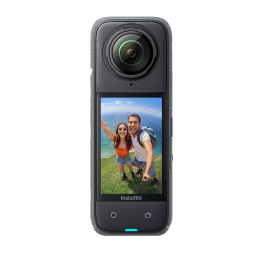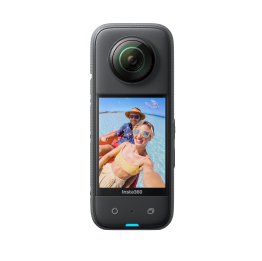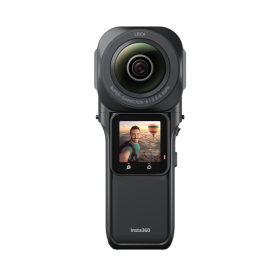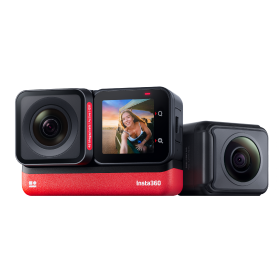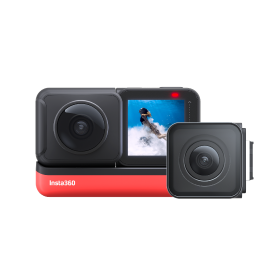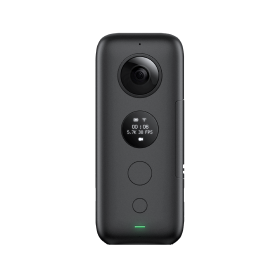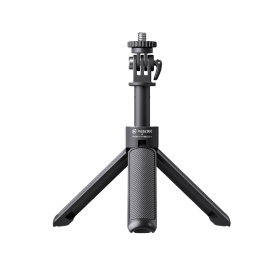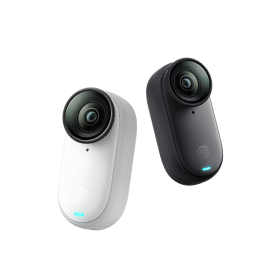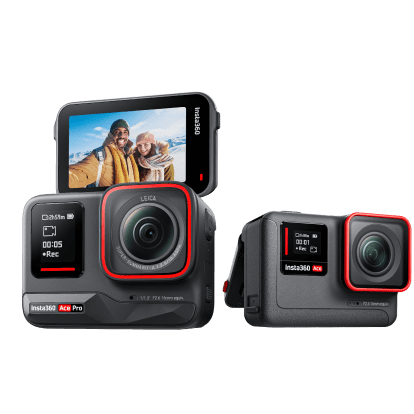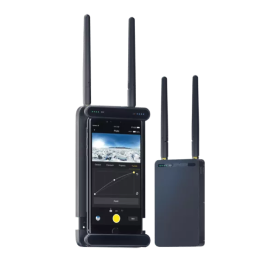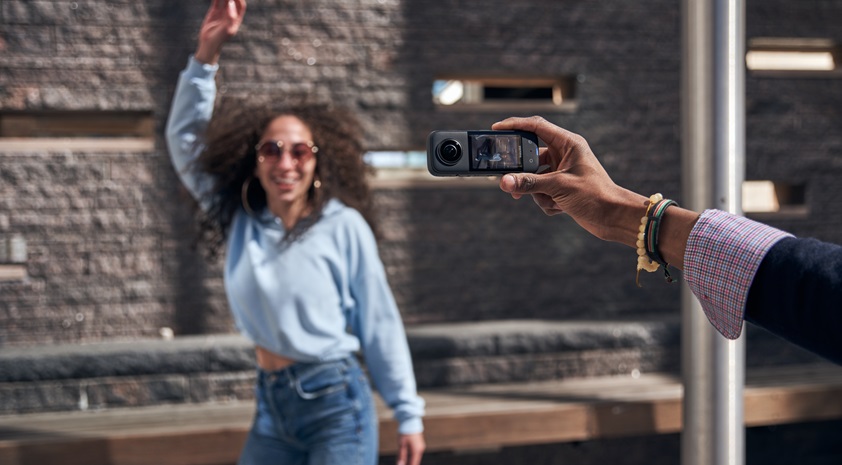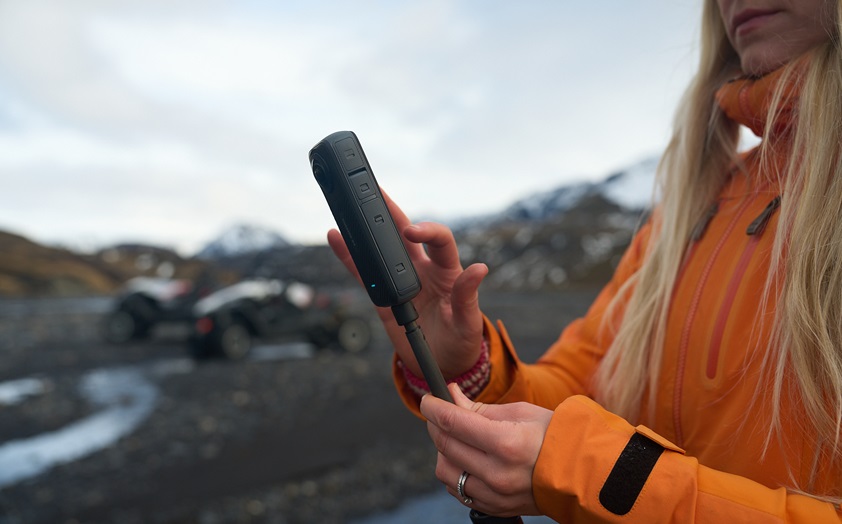Video in high-definition (HD) has revolutionized how we record and enjoy everything visual. HD cameras truly let us see everything! You might remember what it was like to first watch YouTube in HD.
This includes stunning natural views to fast-paced sport action with unmatched sharpness on our screens. Having knowledge about the development of HD standards from 720p or 1080p up to 4K and even 8K helps us understand the progress better that’s made in video quality as well as advantages provided by each level of resolution.
Insta360 is at the forefront of this change. In this article, we’ll walk down memory lane, while breaking down why HD video is so important and all of its technical counterparts.
Understanding Resolution
What is resolution?
Resolution refers to the number of pixels that compose an image or video. Higher resolution means more pixels, resulting in greater image clarity and detail. In the context of video, resolution is typically expressed in terms of the number of horizontal lines (e.g., 720p) or as the total number of pixels (e.g., 4K).

Common Resolutions
- 720p (HD): This resolution has 1280x720 pixels and is suitable for basic HD viewing. It offers good quality for smaller screens and online streaming.
- 1080p (Full HD): With 1920x1080 pixels, 1080p provides a significant improvement in detail over 720p, making it ideal for most home entertainment setups and online content.
- 4K (Ultra HD): 4K resolution boasts 3840x2160 pixels, offering four times the detail of 1080p. This resolution is perfect for large screens and professional-quality video.
- 8K: With a whopping 7680x4320 pixels, 8K delivers the highest level of detail currently available. It's ideal for immersive viewing experiences and cutting-edge content creation.
Practical Benefits of Different Resolutions
- 720p: Good for casual viewing and smaller screens where high detail isn't critical.
- 1080p: Excellent for streaming, vlogging, and general content creation with a good balance of quality and file size.
- 4K: Preferred for professional videography, action footage, and scenarios where high detail enhances the viewer's experience.
- 8K: Best for future-proofing content, professional cinema, and applications where extreme detail is necessary.
Beyond Resolution: Other Factors Affecting Video Quality
i. Frame Rate: Frame rate, measured in frames per second (fps), impacts the smoothness of video playback. Common frame rates include 24fps, 30fps, 60fps, and higher. Higher frame rates like 60fps or 120fps are ideal for capturing fast-paced action and producing smooth slow-motion effects.
ii. Bitrate: Bitrate determines the amount of data captured per second of video. Higher bitrates mean more data is captured, resulting in better video quality but larger file sizes. Balancing bitrate is essential for maintaining high quality without consuming excessive storage.
iii. Video Codec: Video codecs like H.264 and H.265 compress video files to make them more manageable without sacrificing quality. H.265, or HEVC (High Efficiency Video Coding), offers better compression and quality preservation than H.264, making it ideal for high-resolution footage.
iv. Image Sensor: The image sensor captures light and converts it into a digital signal. Larger sensors typically perform better in low-light conditions and offer greater dynamic range. This results in higher image quality and more detailed footage, even in challenging lighting situations.
Choosing the Right HD Camera for Your Needs
1. Action Cameras: Action cameras are designed for ruggedness and versatility, perfect for capturing fast-paced activities. They are compact, durable, and often waterproof, making them ideal for extreme sports and adventure. Examples include Insta360 X3 and GO 3, both of which offer high-definition video capture with advanced stabilization features.
2. Mirrorless Cameras: Mirrorless cameras are known for their compact size and interchangeable lenses. They provide high-quality video and photo capabilities, making them a versatile choice for both amateurs and professionals. Their lightweight design and flexibility make them a favorite among travel photographers and vloggers.
3. Cinema Cameras: Cinema cameras are built for professional filmmaking, offering advanced features and superior image quality. They are capable of capturing high-resolution footage with exceptional detail and dynamic range. These cameras are ideal for filmmakers looking to produce cinema-grade content.
4. Vlogging Cameras: Vlogging cameras are tailored for self-recording, featuring user-friendly interfaces, flip screens, and compact designs. They are perfect for content creators who need a reliable and easy-to-use camera for daily vlogs and online content. Their focus on portability and simplicity makes them a popular choice for creators on the go.
Additional Tips for Capturing Great HD Footage
- Lighting
Good lighting is essential for high-quality video. Natural light is ideal, but when shooting indoors or in low-light conditions, using soft, diffused lighting can help eliminate harsh shadows and improve overall video quality.
- Composition
Framing your shots well can significantly enhance the visual appeal of your videos. Use the rule of thirds to create balanced and engaging compositions. Keep your subject well-centered and ensure the background complements the scene.
- Audio
Clear audio is crucial for professional-looking videos. Invest in an external microphone to capture high-quality sound, and use windshields or pop filters to reduce background noise and improve clarity.
- Editing
Editing is where your footage comes to life. Use editing software to cut, enhance, and compile your clips. Adjusting color balance, applying filters, and adding music or voiceovers can elevate your videos to a professional standard.
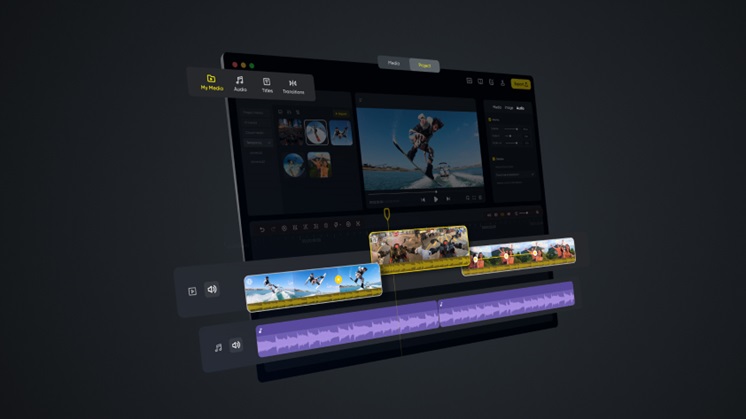
Wrapping Up
High-definition cameras offer incredible opportunities for capturing stunning clarity and detail in your videos. Whether you're an adventurer, vlogger, or professional filmmaker, understanding the key factors such as resolution, frame rate, bitrate, video codec, and image sensor will help you choose the right camera for your needs. Insta360's range of high-definition action cameras, like X3 and GO 3, provide excellent options for capturing your adventures with exceptional quality.
Explore Insta360's offerings and take your content creation to new heights.
Keen to keep up to date on Insta360 stories? Keep an eye on our blog and sign up for our mailing list
